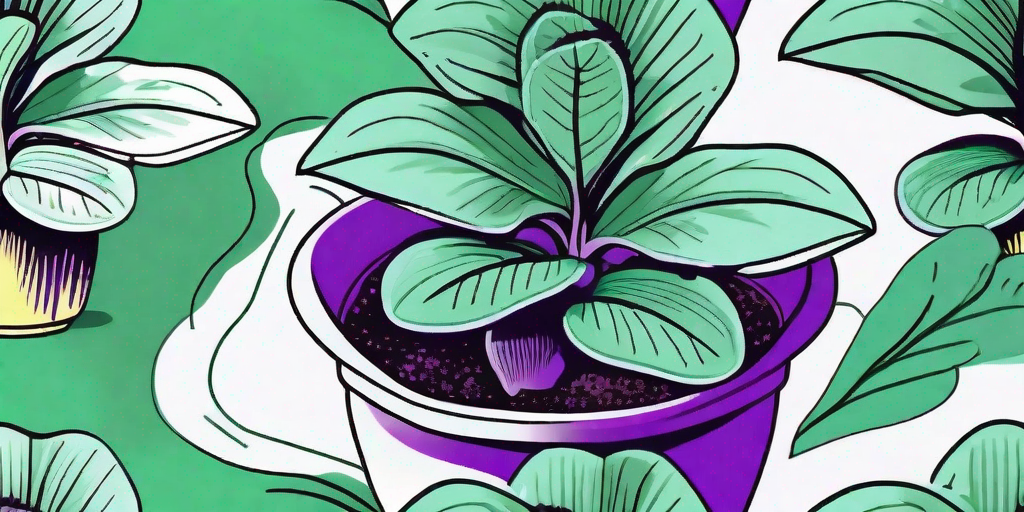
If you're the proud parent of an African Violet, you know that these little beauties can be as temperamental as a teenager on prom night. One minute they're blooming with vibrant colors, and the next, they're sulking in the corner with yellowing leaves. But fear not, plant whisperers! We're here to arm you with the knowledge and tools to turn your indoor garden into a vibrant, leafy paradise. So, buckle up and let's dive into the world of African Violets.
Understanding Your African Violet
What is an African Violet?
First things first, let's get to know our subject. The African Violet, or Saintpaulia, is a small houseplant known for its rich, velvety leaves and bright, cheerful flowers. They hail from tropical East Africa, so they're used to a bit of pampering. Think of them as the divas of the houseplant world.
These plants are popular for indoor gardening due to their compact size and year-round blooming. However, they can be a bit finicky when it comes to their care. But hey, who among us isn't a little high maintenance?
Why Do African Violet Leaves Turn Yellow?
Yellowing leaves on your African Violet can be a sign of several issues, from overwatering to a lack of nutrients. It's like your plant's way of saying, "Hey, I'm not feeling so hot. Can you help me out here?"
Common causes of yellowing leaves include overwatering, under-watering, lack of sunlight, too much sunlight, and nutrient deficiencies. It's a bit like Goldilocks and the Three Bears - your African Violet wants everything to be just right.
How to Prevent Yellowing Leaves
Watering Techniques
Watering your African Violet is a bit like dating - too much attention can be just as damaging as too little. Overwatering can lead to root rot, while under-watering can leave your plant parched and wilting.
The trick is to keep the soil moist but not waterlogged. Try using a self-watering pot or a wick watering system to ensure your plant gets just the right amount of H2O. And remember, it's better to err on the side of too dry than too wet.
Lighting Conditions
African Violets are a bit like vampires - they like their light indirect and not too intense. Too much direct sunlight can scorch their leaves, while too little can stunt their growth and cause yellowing.
Try placing your plant in a north or east-facing window for the best light conditions. If natural light is scarce, a fluorescent light can also do the trick. Just make sure to keep it on for about 12-14 hours a day to mimic natural daylight.
Nutrient Needs
Like any diva, African Violets need their vitamins to stay healthy and vibrant. A lack of essential nutrients can lead to yellowing leaves and stunted growth.
Use a balanced, water-soluble fertilizer designed for African Violets to keep your plant well-fed. And remember, it's better to under-fertilize than over-fertilize. Too much of a good thing can be harmful!
FAQs
Why are my African Violet leaves curling?
Leaf curling can be a sign of underwatering or a lack of humidity. Try increasing your watering frequency or using a pebble tray to increase humidity.
Why are my African Violet leaves turning brown?
Brown leaves can be a sign of sunburn or over-fertilization. Try moving your plant to a less sunny spot and reducing your fertilizer use.
Can African Violets recover from yellowing leaves?
Absolutely! With the right care and attention, your African Violet can bounce back from yellowing leaves. Just remember to be patient - recovery can take time.
Final Thoughts
Caring for African Violets can be a bit of a challenge, but with the right knowledge and tools, you can turn your indoor garden into a vibrant, leafy paradise. So, say goodbye to yellowing leaves and hello to happy, healthy plants!
Remember, every plant is unique and will have its own specific needs. So, don't be afraid to experiment and find what works best for your African Violet. Happy gardening!















